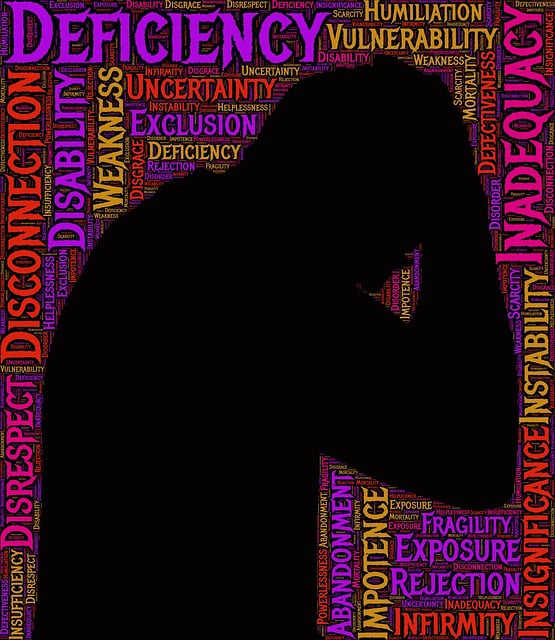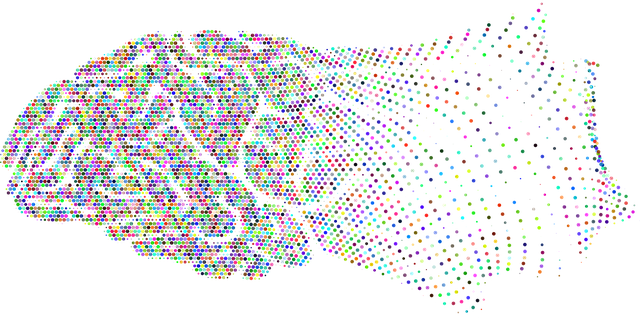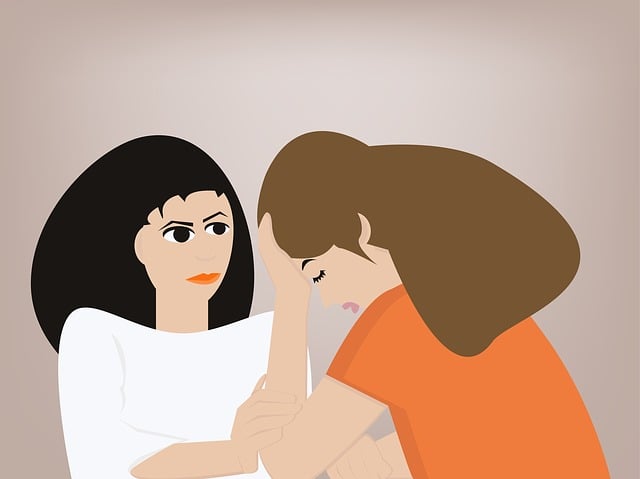Greenwood Village Obsessive Compulsive Disorder (OCD) therapy utilizes emotion regulation techniques, teaching individuals to manage and accept their emotions through self-compassion. Effective strategies, including scenario role-playing and clear explanations, break down complex skills for better understanding. Case studies demonstrate the success of Cognitive Behavioral Therapy (CBT), Exposure and Response Prevention (ERP), and Self-Awareness Exercises, leading to improved daily functioning and reduced anxiety. Community outreach programs integrate these techniques, raising OCD awareness, reducing stigma, and promoting proactive self-care.
Emotion regulation techniques teaching is a powerful tool in mental health, especially in treating conditions like Obsessive Compulsive Disorder (OCD). This article explores effective strategies for teaching these techniques, drawing from real-world applications in Greenwood Village OCD Therapy. We’ll delve into understanding emotion regulation and its case studies, offering insights that can enhance therapeutic outcomes for individuals navigating emotional challenges. Discover practical methods to empower clients with skills to manage their emotions constructively.
- Understanding Emotion Regulation Techniques
- Teaching Strategies for Effective Practice
- Case Studies and Real-World Applications in Greenwood Village OCD Therapy
Understanding Emotion Regulation Techniques

Emotion regulation techniques are essential tools for managing and understanding our internal experiences. These practices aim to help individuals recognize, accept, and respond to their emotions in a healthy way. At its core, emotion regulation is about finding balance—not suppressing or ignoring feelings but learning to interact with them constructively. Techniques like compassion cultivation practices promote self-acceptance and kindness towards oneself, which can significantly enhance emotional resilience.
In the context of Greenwood Village Obsessive Compulsive Disorder (OCD) therapy, emotion regulation techniques play a crucial role in helping individuals confront and manage intrusive thoughts and compulsions. By fostering positive thinking and boosting confidence, these strategies empower people to navigate their emotions without resorting to ritualistic behaviors. Through compassionate cultivation, OCD sufferers can learn to observe their feelings without judgment, leading to greater emotional control and improved overall well-being.
Teaching Strategies for Effective Practice

Effective teaching strategies play a crucial role in helping individuals master emotion regulation techniques. One approach involves breaking down complex skills into manageable steps and providing clear, concise explanations. For instance, when introducing Conflict Resolution Techniques, therapists in Greenwood Village Obsessive Compulsive Disorder Therapy might start by outlining different types of conflicts and corresponding strategies. They can then guide clients through role-playing scenarios to practice these techniques in a safe environment.
Additionally, incorporating Communication Strategies and Self-Esteem Improvement into the curriculum enhances learning outcomes. Encouraging open dialogue allows individuals to express their emotions effectively while fostering healthy relationships. Regular feedback sessions enable therapists to tailor their approach, ensuring each client receives personalized guidance. By combining theoretical knowledge with practical exercises, these strategies not only facilitate better emotional control but also positively impact overall well-being.
Case Studies and Real-World Applications in Greenwood Village OCD Therapy

Greenwood Village Obsessive Compulsive Disorder (OCD) therapy benefits greatly from case studies and real-world applications. By examining successful treatment outcomes, therapists can refine their approaches and tailor interventions to individual needs. For instance, a case study of a young adult struggling with OCD due to contamination fears revealed that a combination of Cognitive Behavioral Therapy (CBT), Exposure and Response Prevention (ERP), and Self-Awareness Exercises led to significant improvements in their daily functioning. The patient’s ability to challenge their irrational thoughts and gradually face their fears resulted in reduced anxiety levels and an improved quality of life.
This practical application extends beyond the clinical setting, as these techniques have been integrated into Greenwood Village’s public awareness campaigns and community outreach programs. By raising public awareness about OCD through such initiatives, the community fosters a better understanding of the disorder, reduces stigma, and encourages those affected to seek help. The implementation of Community Outreach Programs has not only facilitated access to therapy but also promoted proactive self-care strategies, as individuals learn valuable Self-Awareness Exercises to manage their symptoms effectively in daily life.
Emotion regulation techniques, when taught effectively, can be transformative tools. As demonstrated by case studies in Greenwood Village Obsessive Compulsive Disorder (OCD) therapy, these strategies empower individuals to manage their emotions healthily and adaptively. By employing practical teaching methods discussed in this article, mental health professionals can help clients develop resilience, reduce OCD symptoms, and improve overall well-being. Incorporating emotion regulation techniques into treatment plans is a game-changer, offering lasting benefits for those seeking better emotional control.














